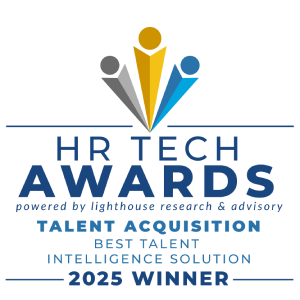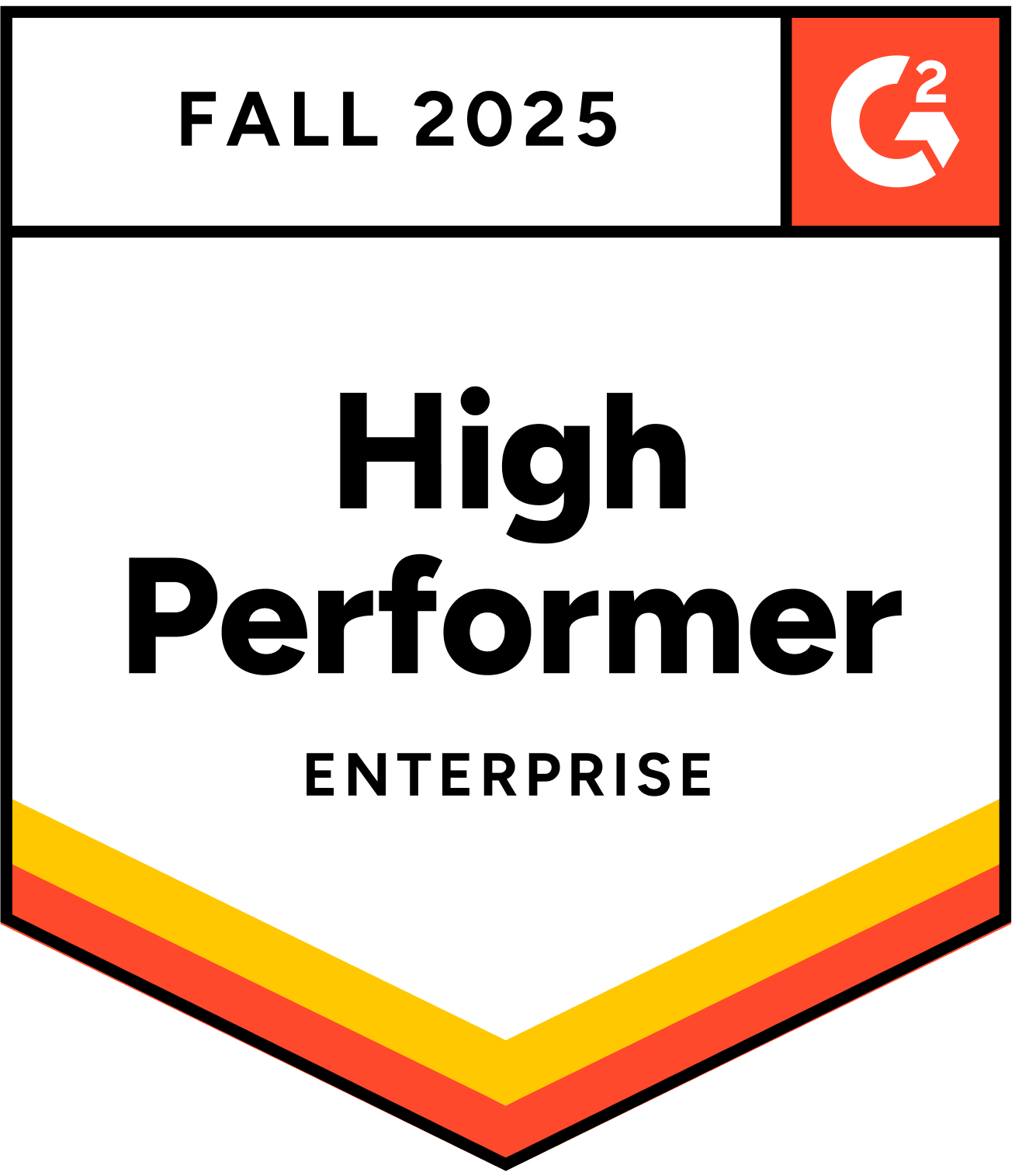Nearly 90% of McDonald’s franchise locations use McHire, an AI-powered hiring tool for screening job applicants. It’s a system trusted with resumes, availability, contact details, and shift preferences. In short, the full intake funnel for millions of candidates.
Earlier this year, some of those candidate accounts were compromised. The entry point? Weak passwords like “123456.”
It was a low-effort breach which pointed to a broader issue: how candidate data moves through modern hiring stacks, and who’s actually keeping track.
As companies layer AI onto legacy workflows, the structure becomes more fragmented. What’s missing is the connective tissue: the visibility, accountability, and control needed to secure the full funnel.
The Hidden Complexity of AI in the Candidate Funnel
In a 2024 survey of over 1,000 U.S. hiring managers, 99% reported using AI at some stage of the hiring process. Nearly all (98%) said it improved efficiency, and three out of four credited it with better candidate-role matching.
Talent teams now rely on machine learning models to target job ads, screen resumes, power chatbot interactions, score candidates, and predict intent — often across entirely separate systems.
But most of those tools weren’t built into the core infrastructure. They were just stitched in where they could fit.
The result is a hiring stack made of loosely coupled layers – the ATS, chatbot vendor, programmatic media partner, and CRM, each operating on different data structures, update cycles, and security protocols. There’s no shared audit trail. No unified control plane. And often, no clear visibility into where candidate data flows or how it’s being processed.
Instead of unifying the hiring stack, AI exposed just how disconnected it already was.
Data Risk in the Age of AI-Native Recruiting
AI now powers almost every step of the candidate journey. From the moment someone sees a job ad to the final handoff into the ATS, these systems capture and process a wide range of data:
- Contact details from application forms
- Location and shift preferences from scheduling tools
- Resume parsing and behavioral screening results
- Chatbot transcripts and intent scoring
- Clickstream data from media campaigns
- Notes and tags from recruiters working in CRMs
Individually, each tool may be effective. But stitched together without shared guardrails, they form a fragmented ecosystem where candidate data is passed across multiple endpoints — often without full encryption, unified access control, or cross-system logging.
It’s exactly this kind of structural gap that made the McHire breach possible.
How Enterprise TA Teams Can Avoid the Next Breach
Most talent acquisition teams don’t own the full hiring stack. They rely on vendors for sourcing, screening, scheduling, and more. But trust without verification is no longer enough.
Here’s a simple test you can run with every vendor in your hiring funnel. You don’t need a security background, just the right questions.
- Do your systems require more than just a password to log in?
Look for multi-factor authentication (MFA), such as two-factor login, and strong password enforcement.
- Do you regularly remove old employee logins and test accounts?
There should be a defined offboarding process and no leftover admin access.
- If something goes wrong, can you show who accessed candidate data and when?
Real-time, exportable audit logs are essential.
- When did you last run a penetration test and will you share the results?
Annual third-party testing is the bare minimum. Ask for evidence.
- What security certifications do you hold?
Look for SOC 2 Type II, ISO 27001, GDPR/CCPA alignment and not just marketing claims.
- What happens if you get hacked?
The vendor should have a clear incident response plan and commit to notifying you quickly.
- Who else can see our data?
Make sure access is limited to only those with a clear and documented need, nothing more.
- How do you protect our data when it travels?
All information should be encrypted while it’s being transferred, not just when it’s stored.
If the answers to these questions are vague, incomplete, or delayed, it’s time to reevaluate. You don’t need to rip and replace overnight. But you do need to keep score.
If you’re not sure where you stand, you’re not alone. And it’s time to fix it.
Built for AI vs. Built Around AI
Many recruiting vendors say they’re AI-powered. Technically, they are, but often only at the surface. In most cases, AI was added later: scoring models tacked onto screening tools, chatbots layered into CRMs, optimization engines pointing into legacy ATSs.
When systems weren’t designed to work together, it becomes nearly impossible to trace what happens to candidate data, or who made key decisions.
AI-native platforms (shameless plug: like Joveo!) are structured for real-time intelligence, secure data handling, and full-funnel observability:
Bolt-on chatbot stack | AI-native Joveo platform | |
Admin authentication | Passwords only | |
Data flow observability | Siloed logs | |
Security posture | Missed in annual audit | Continuous pen-testing and 24/7 monitoring |
Compliance | Vendor-specific |
Joveo’s single data layer, combined with cookieless tracking and real-time analytics, reduces hand-offs and blind spots, and helps detect anomalies before they escalate.
And when something does go wrong, you know exactly where, when, and why, without waiting for multiple vendors to sync their logs.
Conclusion
Speed without visibility is a risk and automation without accountability is a liability.
AI will keep changing how we hire. But if we lose track of the data, we lose trust. Tomorrow’s recruiting platforms won’t just be faster. They’ll be safer, smarter, and more accountable – by design.















